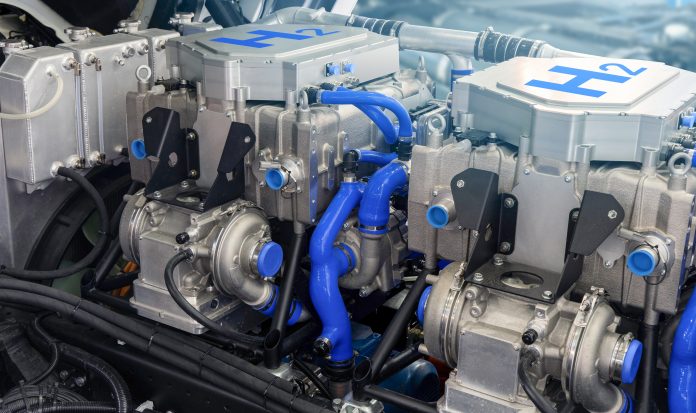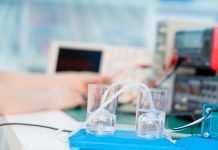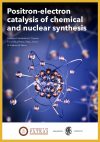Researchers in Tokyo have developed a hydrogen fuel cell which combines green hydrogen and waste plastic hydrogen using a digital twin concept
A collaborative platform design of a 100-kilowatt hydrogen fuel cell is set to balance carbon neutrality and provide economic incentives by mixing green hydrogen and waste plastic hydrogen.
Hydrogen generated by renewable energy is expected to contribute to carbon neutrality, which could help to power electricity without emitting carbon emissions which are negative to our environment.
The collaboration is between the Tokyo Tech InfoSyEnergy Research and Education Consortium, the Tokyo Tech Academy of Energy and Informatics (Head of Consortium and Academy Director Manabu Ihara, Prof.), and several companies such as Toshiba Corporation and Toshiba Energy Systems & Solutions.
Producing hydrogen with electricity from solar cells
Currently, the high cost of water electrolyzers and the incompatibility of electrolyzer sizes are hindering the development of more hydrogen-based technologies.
To challenge this, researchers developed a system that produces hydrogen by supplying electricity from solar cells in the laboratory to a small-capacity water electrolyzer.
Mixing an appropriate ratio of hydrogen produced from waste plastic (produced by thermal decomposition of waste plastic, steam reforming, shift reaction, and refining process; Resonac Holdings Corporation), the system supplies this waste plastic hydrogen to the hydrogen fuel cell.
Power from the fuel cell will be supplied to the lab and the campus, and waste heat will be supplied to the air conditioning system for advanced utilization of waste heat – connected to the building’s air conditioning system for advanced use of electricity and heat.
The first in the world to mix renewable energy hydrogen and waste plastic hydrogen
As the first in the world to mix renewable energy hydrogen and waste plastic hydrogen, the researchers intend to establish an urban hydrogen energy utilization model that appropriately mixes and optimizes global hydrogen and local hydrogen.
To test whether this design would work, the system was connected to the intelligent energy carbon-neutral digital twin system Ene-Swallow® which performs peak cut control with real-time operation data.
The carbon-neutral digital twin system Ene-Swallow® uses real-time operation data
Once data is accumulated in a database, it is used as energy big data for joint research and education between industry and academia.
This design mixes a ratio of renewable energy hydrogen and waste plastic hydrogen to be supplied to the fuel cell can be controlled in real time from Ene-Swallow®, which, in the future, will use detailed data to design and control the device capacity of the system.
The Ene-Swallow® Digital Twin can be used in the design to achieve carbon-neutral and sustainable economic growth even outside of this innovation, as researchers will work for further advancement and promotion as part of R&D for “Carbon-neutral digital twin with the core of energy big data” in the JST-MIRAI Program “Advanced Intelligent Information Society” mission area.






























